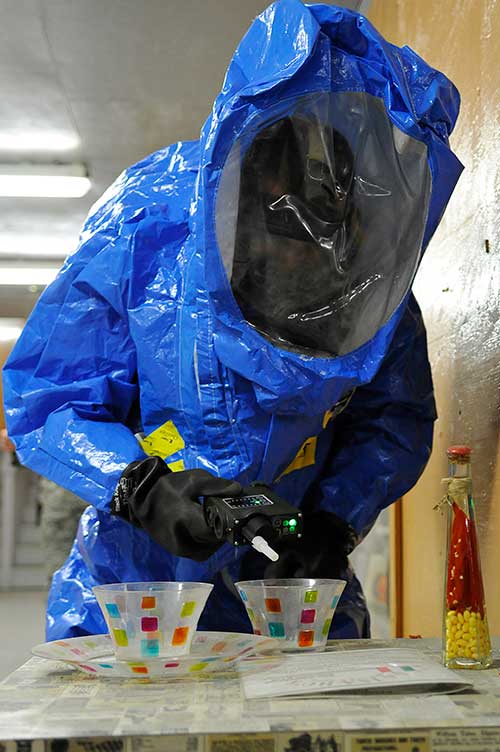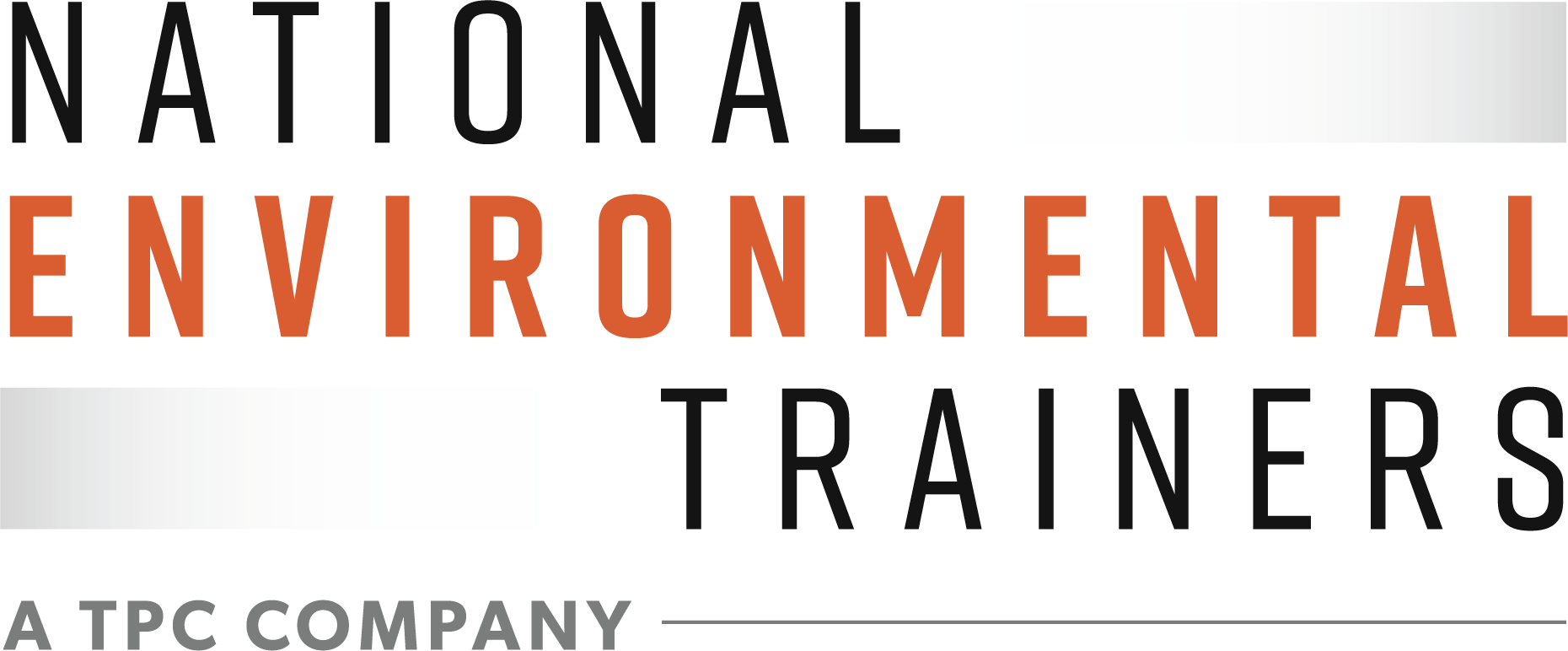HAZMAT Protection Levels
Overview of HAZMAT Protection Levels
There are 4 levels of protection and associated protective equipment as designated by the Occupational Safety and Health Administration (OSHA) for Hazardous Materials (HAZMAT) workers: Level A, Level B, Level C and Level D.
The levels range from the most protective (Level A) to the least protective (Level D). The level of protection is assigned based upon the hazardous substance(s) encountered and must adequately protect a worker from any biological, physical or chemical hazard.
The site-specific Health and Safety Plan (HASP) must list the proper level of protection as well as other key information. All personal protective equipment shall be part of an overall Employer PPE Program which includes training elements such as storage, maintenance, limitations, fit and disposal.

HAZMAT Protection Levels and Usages
HAZMAT Protection Level A
Level A protection includes:
- Fully encapsulated chemical protective protection suit (full body protection)
- Positive pressure demand full face Self-Contained Breathing Apparatus (SCBA)
- Inner and outer chemical resistant gloves
- Chemical resistant safety boots
When Level A is used: Level A is utilized when hazardous substances have been identified and have a high level of hazards to the respiratory system, skin, and eyes. The substances present when using this level of protection are usually known or suspected to cause skin toxicity or carcinogenicity. This ensemble provides the highest available level of respiratory, skin, and eye protection from hazardous substances in a solid, liquid, or gaseous phase.
Example: Entering a permit required confined space.
HAZMAT Protection Level B
Level B protection includes:
- Hooded chemical resistant clothing or suite
- Positive pressure demand full face Self-Contained Breathing Apparatus (SCBA)
- Inner and outer chemical resistant gloves
- Chemical resistant safety boots
The only difference between Level A and Level B protection is the type of protective suit. The Level B protection suit provides liquid splash protection but no protection against vapors. Level B provides the same respiratory protection as Level A but less skin or outer body protection.
When Level B is used: This level is used when the hazardous materials have been identified but do not require a high level of skin protection.
Example: Typically when performing initial site characterization and analysis.
HAZMAT Protection Level C
Level C protection includes:
- Hooded chemical resistant clothing or site
- Full or half mask air purifying respirator
- Inner and outer chemical resistant gloves
- Safety boots
Level C protection has the same level of skin protection as Level B, but a lower level of respiratory protection. The chemical protective suit offers liquid splash protection but no protection to chemical vapors or gases.
Level C is the most commonly used level of protection for workers today. This is because most contaminants at HAZMAT sites or response efforts are below the OSHA Permissible Exposure Limits (PELs). This will allow workers to use a lesser degree of Personal Protective Equipment (PPE).
When Level C is used: This ensemble is used when contact with site chemical(s) will not affect the skin and when air contaminants have been identified and levels have been determined. Also, the respirator canister can remove the contaminant and the site hazards have been completely characterized. Level C is not allowed by OSHA for a chemical emergency response.
Example: Applicable to most HAZWOPER general site workers
HAZMAT Protection Level D
Level D protection includes:
- Coveralls
- Safety boots/shoes
- Safety glasses or chemical splash goggles
No respiratory protection is required under Level D and there is no chemical protective suit.
When Level D is used: This level of protection is used when an atmosphere contains no known hazard.
Example: The Level D ensemble is typically what one would experience at a construction site.
Refer to OSHA 29CFR 1910.120, Appendix B, General description and discussion of the levels of protection and protective gear for more information: https://www.osha.gov/laws-regs/regulations/standardnumber/1910/1910.120AppB
Learn more about HAZMAT levels.
Become HAZWOPER Certified
Enroll in one of our HAZWOPER online training courses today to learn more about the various levels of HAZMAT protection and earn the certification required for your job.
We offer courses for the following certifications:

